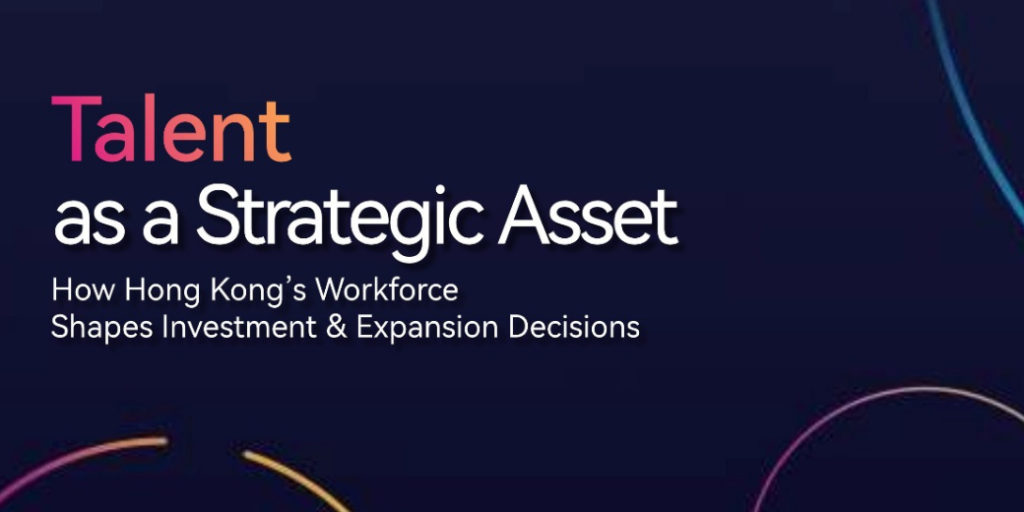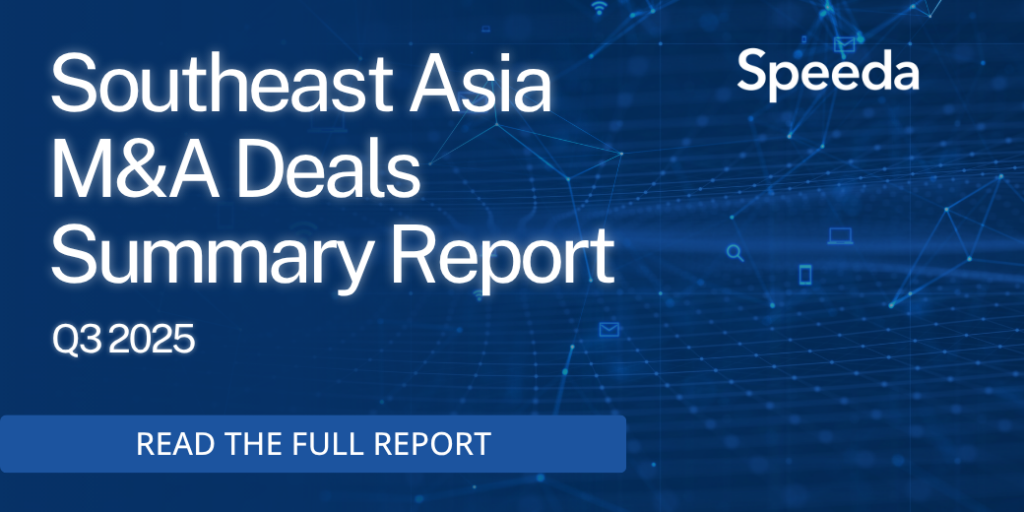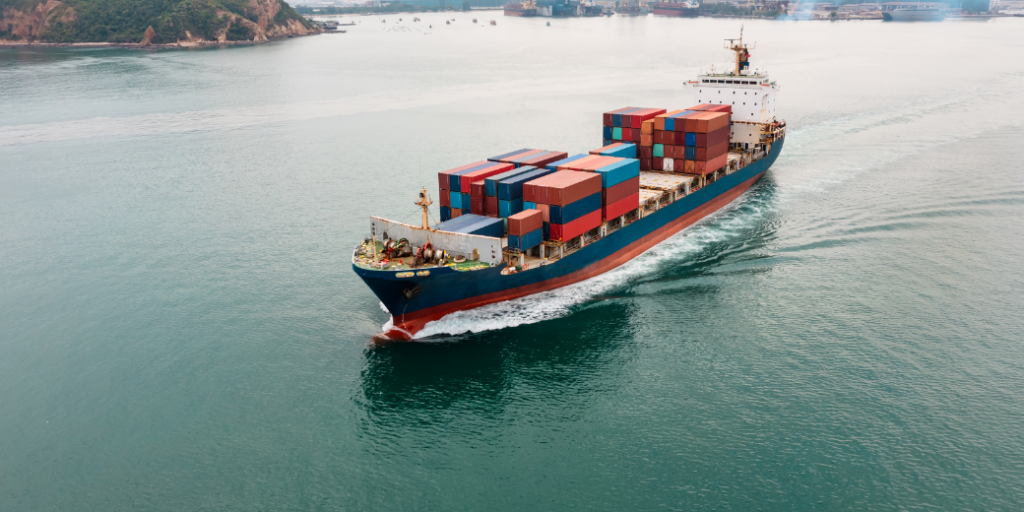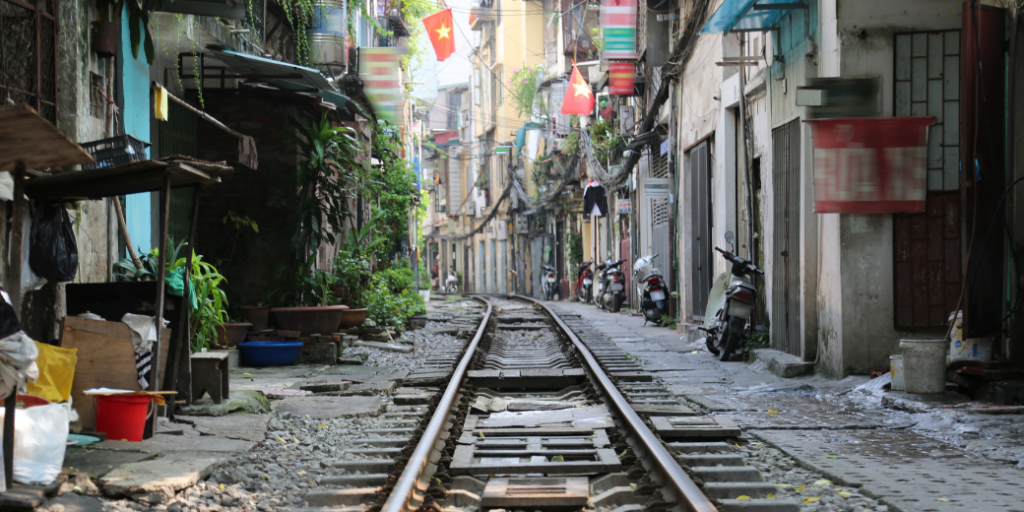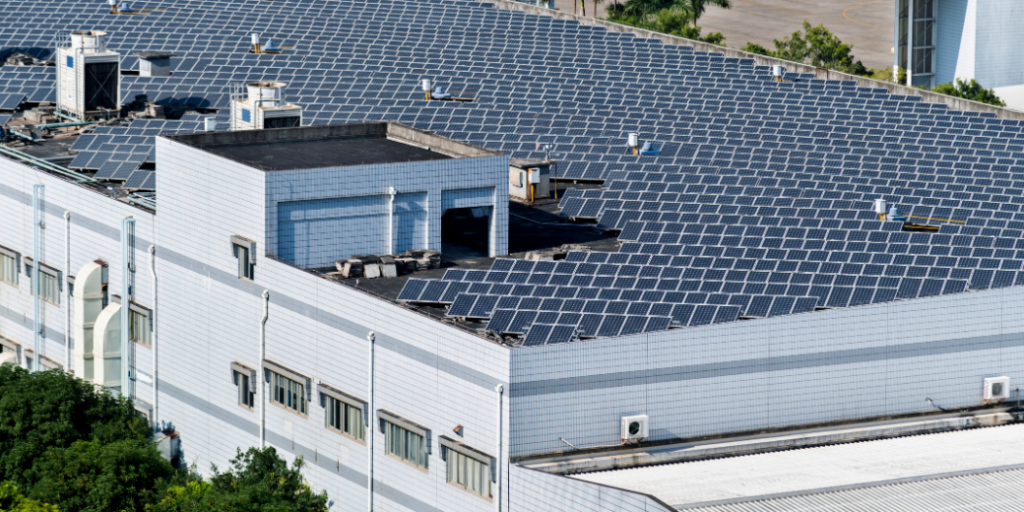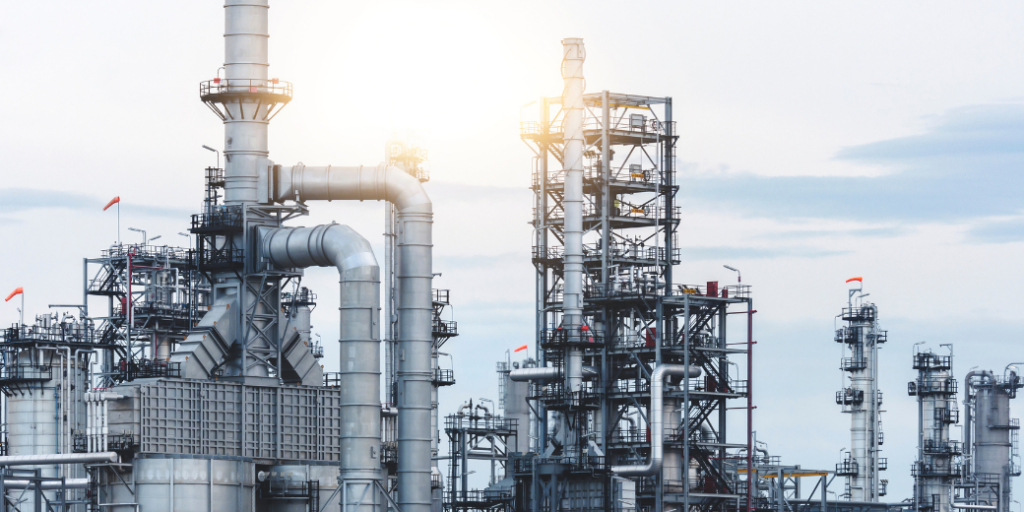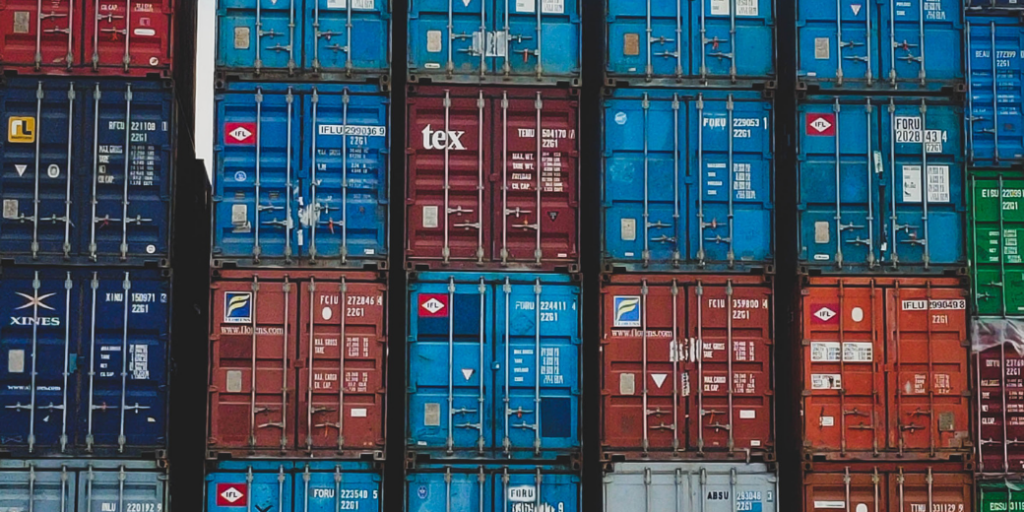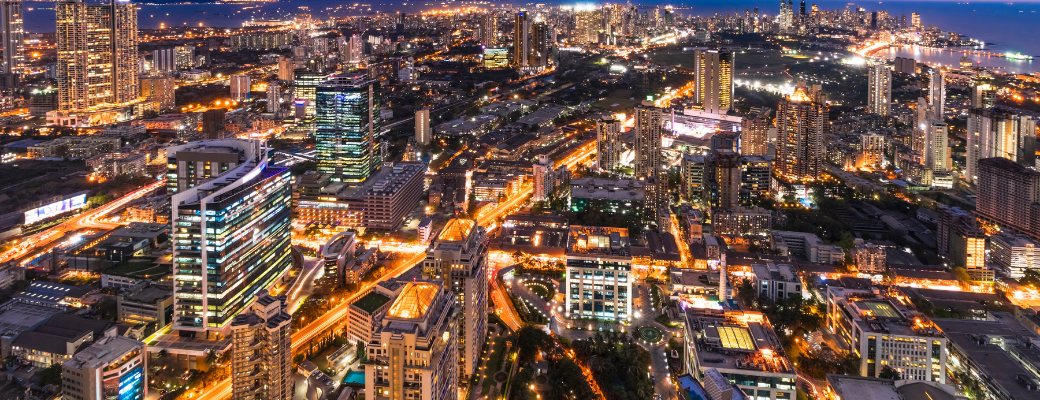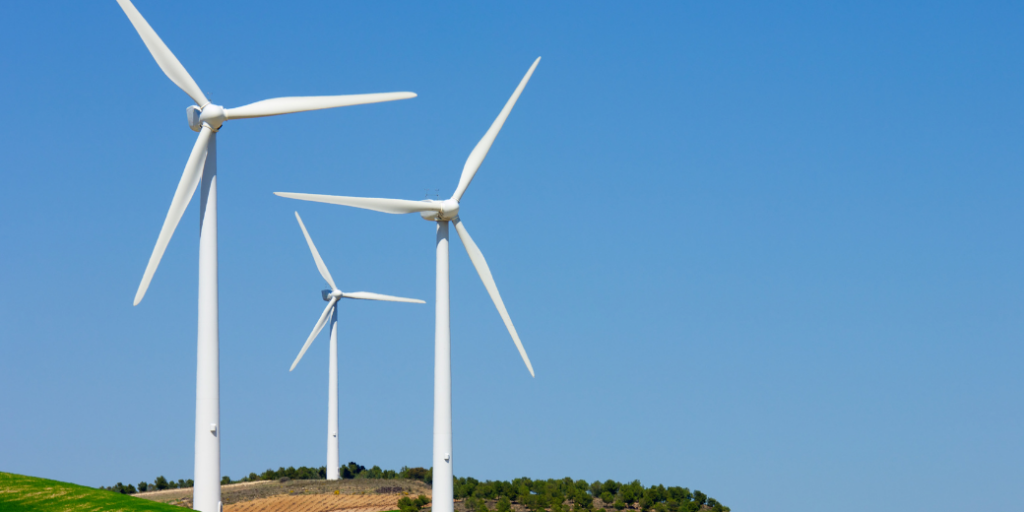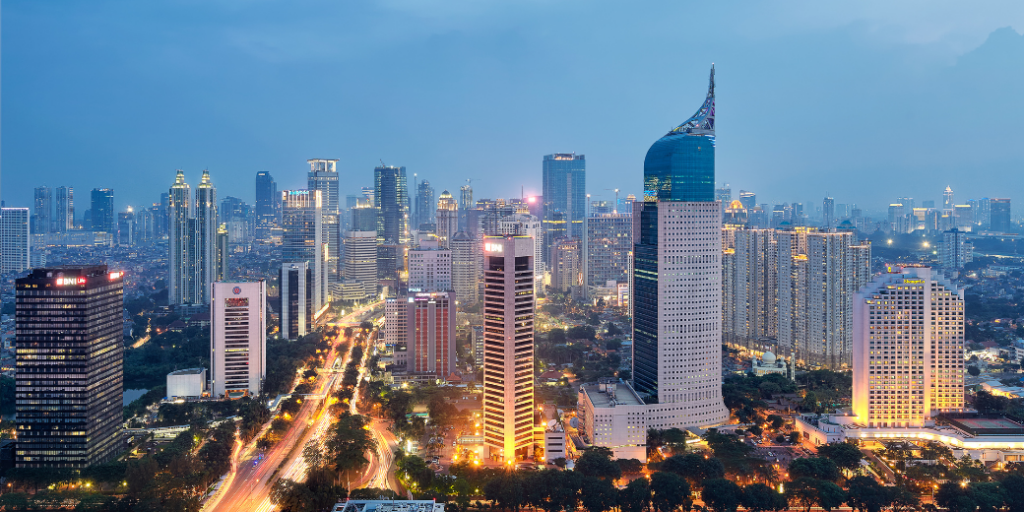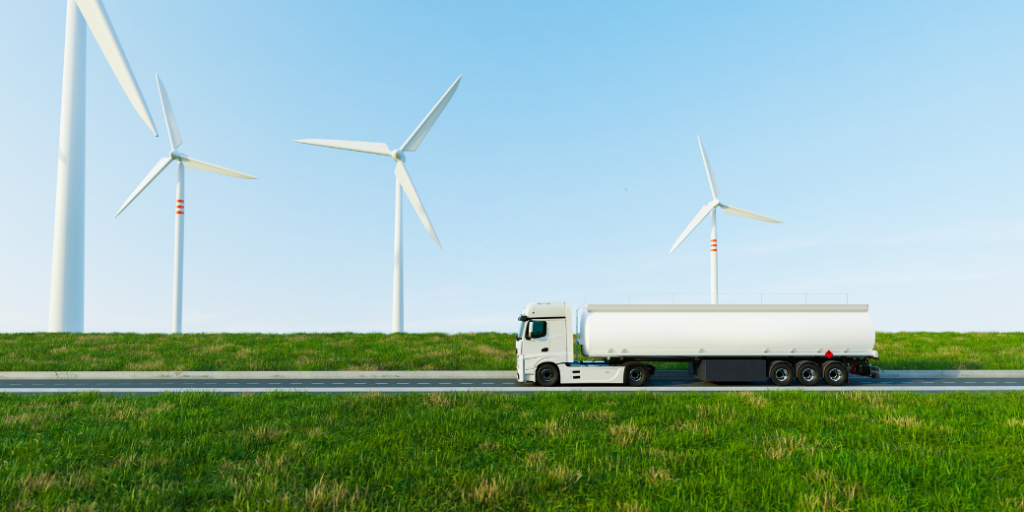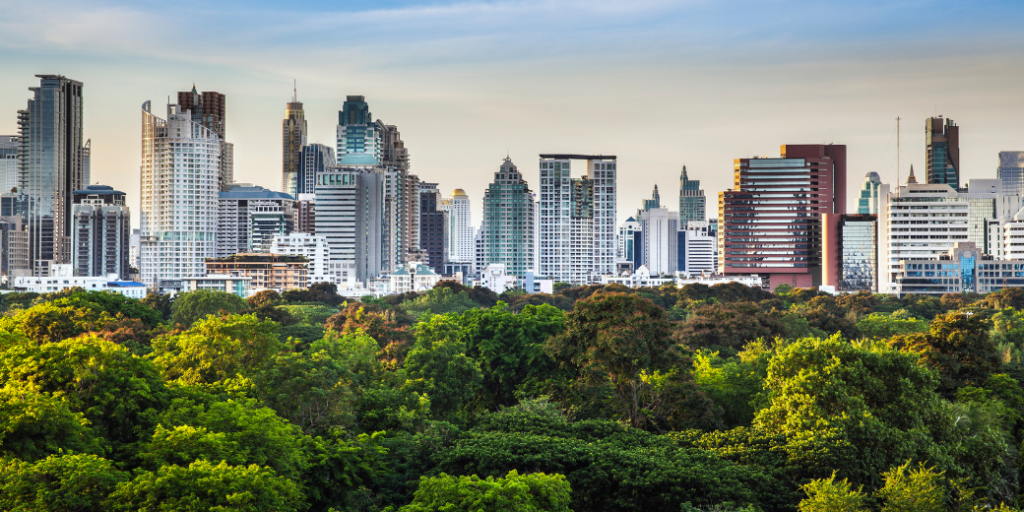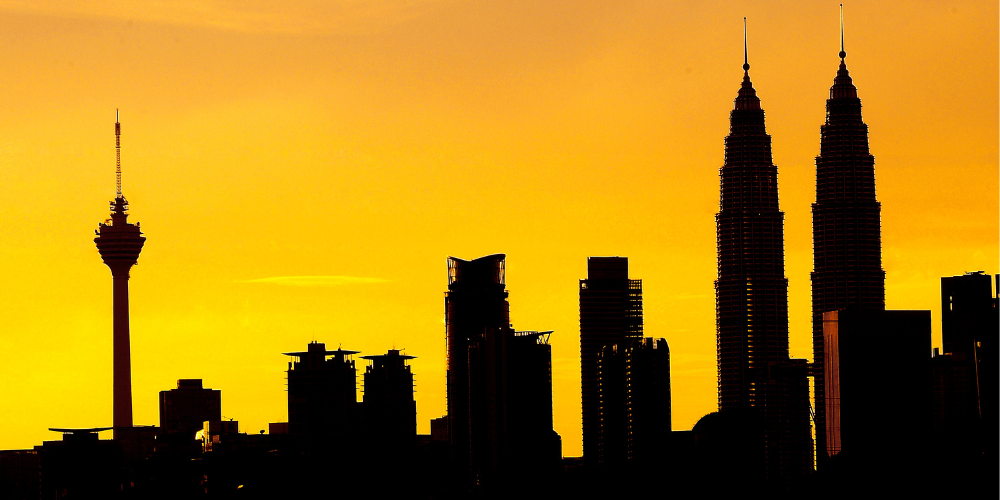Trend Reports
The Region’s Role in Advancing Sustainable Aviation Fuel
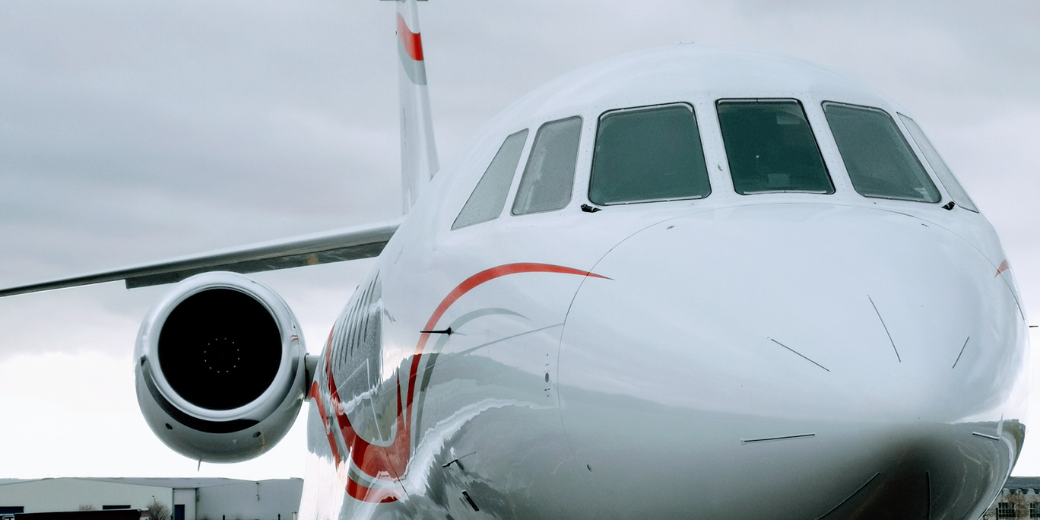
Summary
Southeast Asia is on track to become a global hub for sustainable aviation fuel by 2050, leveraging diverse feedstocks, advanced technologies, and growing demand.
Southeast Asia Aims to be a Strategic Hub for Global Sustainable Aviation Fuel Production by 2050
The Southeast Asia (SEA) market for Sustainable Aviation Fuel (SAF) is positioned as a critical contributor to the global aviation sector’s net-zero emission targets. By 2050, the region is expected to produce 12% of the world’s required SAF volume, leveraging its abundant feedstock and evolving technologies. Currently, Hydroprocessed Esters and Fatty Acids (HEFA) dominate global SAF production, but the SEA region is anticipated to transition towards Fischer-Tropsch (FT) and Alcohol-to-Jet (ATJ) technologies, which are better suited for its resource base.
SEA benefits from a wide variety of feedstocks, particularly agricultural and industrial residues such as rice husks, palm oil residues, and municipal solid waste. Indonesia leads the region in feedstock availability, while Singapore, a major aviation hub, accounts for the largest share of jet fuel consumption. This dual dynamic highlights the region’s ability to balance supply and demand within its SAF ecosystem.
Despite SEA’s dominance in palm oil production, concerns regarding deforestation and sustainability complicate its use as a feedstock. This has prompted the region to explore alternative feedstocks like used cooking oil (UCO), which is in increasing demand for SAF production and trade.
Two SAF production plants currently operate in SEA—Pertamina in Indonesia and Neste in Singapore—underlining the nascent yet expanding infrastructure in the region. These facilities highlight the region’s focus on scaling SAF production capacity to meet both domestic and global demand. However, challenges such as high production costs and limited policy support for carbon credits persist, potentially hindering widespread SAF adoption.
Overall, SEA is strategically positioned to become a global SAF hub, balancing its robust feedstock availability with innovative technologies and growing infrastructure. However, achieving its full potential will require addressing sustainability concerns, scaling production facilities, and enhancing supportive policies. This market overview underscores the region’s pivotal role in shaping the future of sustainable aviation.
Unlocking SEA’s SAF Potential: Balancing Supply Abundance with Rising Demand for Sustainable Aviation
Aviation Fuel | Supply Factors
SEA holds significant potential for SAF production due to its abundant feedstock availability. Agricultural residues, municipal solid waste, and used cooking oil (UCO) dominate the region’s supply landscape. Indonesia leads with substantial palm oil residues, while Thailand and Vietnam contribute with other agricultural by-products. Malaysia and Singapore, although limited in local feedstock resources, act as processing hubs, importing and refining UCO to meet production needs. This diverse resource base positions SEA as a key SAF producer on the global stage.
Technological advancements further bolster SEA’s supply capabilities. While HEFA (Hydroprocessed Esters and Fatty Acids) is currently the most widely used method, the region is poised to embrace Fischer-Tropsch (FT) and Alcohol-to-Jet (ATJ) technologies by 2050. These methods align well with SEA’s varied feedstock portfolio, enabling scalable and efficient SAF production. SEA’s ability to produce more SAF than its projected regional demand by 2050 highlights its potential as a significant exporter, further enhancing its role in the global SAF market.
Aviation Fuel | Demand Factors
The recovery of the aviation sector post-pandemic is driving a surge in jet fuel demand across SEA, creating a strong foundation for SAF adoption. Singapore stands out as the region’s largest jet fuel consumer, expected to account for 22% of SEA’s SAF demand by 2050. This growth is supported by government policies and international regulations that mandate SAF usage. For instance, Singapore’s SAF blending targets aim for 1% adoption by 2026, with plans to increase this to 3–5% by 2030. Similarly, global initiatives like the EU’s ReFuelEU programme are fostering greater SAF integration through international obligations.
Airline commitments further strengthen demand. Major carriers such as Singapore Airlines and Thai Airways have announced ambitious SAF adoption goals, including a 5% SAF usage target by 2030. These efforts align with broader industry targets to achieve net-zero emissions by 2050. Such commitments ensure a steady rise in SAF demand, driven by both policy and corporate responsibility.
However, the higher cost of SAF compared to traditional jet fuel remains a challenge. SAF production costs are approximately 2.5 times higher, creating barriers to widespread adoption. Carbon credit schemes and financial incentives offer potential solutions, but stronger collaborative efforts between governments and industries will be essential to make SAF economically viable and fully scalable across the region.
Government Targets and Initiatives Driving SAF Adoption
The Southeast Asian region has demonstrated strong commitment to advancing SAF production and adoption through ambitious government targets and coordinated initiatives. These efforts align with global sustainability goals and underscore the region’s determination to address climate change challenges within the aviation industry.
| Government Targets for Southeast Asian Regions
Singapore has been at the forefront of SAF policy development, introducing its Sustainable Air Hub Blueprint in February 2024. This initiative aims to reduce aviation emissions from airport operations by 20% by 2030, using 2019 levels as a baseline. Furthermore, from 2026, Singapore mandates a 1% SAF blend for all flights departing the country, with plans to increase the target to 3–5% by 2030. The introduction of levies on air tickets, projected to increase fares by USD 2–12 depending on distance and class, will fund SAF procurement and support this transition.
Indonesia has outlined a progressive roadmap for SAF adoption, with targets set to rise from 1% in 2027 to 30% by 2050. Malaysia’s Aviation Decarbonisation Blueprint, announced in September 2024, commits the nation to achieving net-zero aviation emissions by 2050. While this goal depends on the development of domestic SAF production capabilities, it reflects a growing recognition of SAF’s role in mitigating climate impacts.
Thailand has similarly embraced SAF as part of its biofuel strategy, setting a 1% blending target by 2026. These national targets collectively align with global frameworks, such as the EU’s ReFuelEU Aviation Programme, which mandates a minimum 2% SAF use by 2025, scaling to 70% by 2050.
| Market Initiatives for Southeast Asian Regions
The implementation of SAF targets is supported by practical initiatives across the region. Singapore’s Civil Aviation Authority (CAAS) has collaborated with aviation stakeholders to centralise SAF procurement, enabling operational readiness and streamlined adoption. This includes the allocation of SAF credits to airlines and businesses based on their contributions, promoting voluntary and mandated SAF purchases.
Indonesia’s partnership with Airbus to establish a SAF ecosystem highlights the country’s strategy to attract global expertise. Malaysia has entered agreements, such as with Petronas, to ensure efficient SAF supply chains. Additionally, Thailand has engaged private sector players like Bangchak Corporation to expand SAF feedstock collection and establish regional production hubs.
Airlines Illustrate Commitments to Net Zero 2050 with SAF Adoption
Airlines across Southeast Asia have made substantial commitments to integrating SAF as part of their strategies to achieve net-zero emissions by 2050. These efforts not only align with regional and global sustainability goals but also illustrate the proactive role of the aviation industry in combating climate change.
In Indonesia, state-owned Pertamina collaborated with Garuda Indonesia in 2023 to conduct the nation’s first commercial flight trial using SAF. This milestone reflects Indonesia’s increasing focus on leveraging its domestic capabilities and resources to advance SAF adoption.
Singapore Airlines (SIA) and its low-cost subsidiary, Scoot, have taken a leading role in incorporating SAF into their operations. In 2022, the Civil Aviation Authority of Singapore (CAAS), Temasek, and Changi Airport Group launched a pilot programme that successfully deployed blended SAF through Changi Airport’s fuel hydrant system. By 2023, SIA and Scoot set a target of achieving 5% SAF usage in their operations by 2030, underscoring their commitment to sustainable aviation.
Thai Airways also made significant progress in 2023, operating its first flight with blended SAF supplied by Neste, a globally leading SAF producer. This achievement aligns with the Association of Asia-Pacific Airlines (AAPA) target for all member airlines, including Thai Airways, to reach 5% SAF integration by 2030.
In Malaysia, the Malaysian Aviation Group (MAG), the parent company of Malaysia Airlines, signed a landmark offtake agreement in 2023 with Petronas for the supply of over 230,000 tonnes of SAF, with initial deliveries planned for 2027. This partnership supports Malaysia Airlines’ long-term goal of reducing emissions by 18% by 2050.
Similarly, Cebu Pacific in the Philippines has entered into a partnership with Shell Aviation to facilitate SAF adoption. By 2030, the airline plans to use blended SAF across its entire commercial network, marking a significant step towards reducing its carbon footprint.
Vietnam Airlines joined the movement in May 2024 by conducting its first commercial flight powered by Neste’s SAF. This initiative highlights the growing regional momentum towards integrating SAF into commercial aviation.
These commitments from airlines across Southeast Asia demonstrate a unified effort to align with international sustainability targets. By actively adopting SAF, these carriers not only reduce their environmental impact but also pave the way for the broader acceptance and commercialisation of SAF within the global aviation industry.
Palm Oil in SAF Production
| Balancing Potential with Sustainability and Regulatory Challenges
Palm oil, a key feedstock for SAF in Southeast Asia, presents significant challenges despite its potential contribution to SAF production. The cultivation of palm oil has long been associated with environmental and social issues, primarily due to deforestation and habitat destruction. These concerns not only jeopardise biodiversity but also create public and regulatory resistance to its widespread use in sustainable fuel initiatives.
The European Union’s Regulation on Deforestation-Free Products, enforced in 2023, has placed stringent conditions on palm oil imports. Under this regulation, products derived from palm oil must not originate from land deforested after 31 December 2020. This requirement mandates extensive supply chain mapping and compliance, particularly for large producers, further complicating the use of palm oil in SAF production. As a result, Malaysian palm oil exports to Europe fell by 42% in 2023, reflecting the economic impact of these sustainability concerns.
Furthermore, geopolitical tensions have arisen due to these regulatory measures. Both Malaysia and Indonesia, the world’s largest palm oil producers, have filed complaints with the World Trade Organization (WTO). Although the WTO ruled that the EU could impose such environmental restrictions, the organisation criticised the EU’s approach for being discriminatory, adding a layer of complexity to the international trade landscape.
To address these challenges, efforts are being made to enhance the sustainability credentials of palm oil. Certification systems such as the Roundtable on Sustainable Palm Oil (RSPO) have been implemented to ensure ethical and environmentally friendly production practices. Thailand, for instance, has significantly expanded its RSPO-certified independent smallholder groups, leading to better market access and premium pricing opportunities for farmers.
In parallel, alternative feedstocks such as crude algae oil, palm waste, and low-grade coconut oil are being explored to diversify SAF production inputs and reduce reliance on conventional palm oil. These initiatives represent a critical step towards balancing the environmental, economic, and regulatory challenges associated with palm oil in SAF production. However, achieving widespread acceptance and implementation of sustainable practices will require continued innovation, regulatory alignment, and industry collaboration.
Unleash Southeast Asia’s Business Potential with Speeda
The insights you just read about Southeast Asia’s emerging role in the SAF industry are part of Speeda’s extensive content library. As the region gears up to become a global SAF hub by 2050, Speeda equips you with the detailed analysis and actionable insights needed to stay ahead.
Access a wealth of exclusive content, including:
- Proprietary Industry Reports: Explore in-depth reports covering SAF and 560 other industries.
- Company Data: Delve into profiles of over 10 million public and private companies across ASEAN and beyond.
- Trend Reports and Forecasts: Stay updated on sustainability innovations, aviation trends, and more.
- Expert Network Services: Consult with industry specialists to refine strategies and validate decisions.
Whether you’re sourcing investment opportunities, analysing emerging technologies, or benchmarking competitors, Speeda’s advanced tools and region-specific insights simplify your research and decision-making process.
Start transforming your business strategy today. Sign up for a free trial and discover the unparalleled depth of ASEAN-focused contents.


